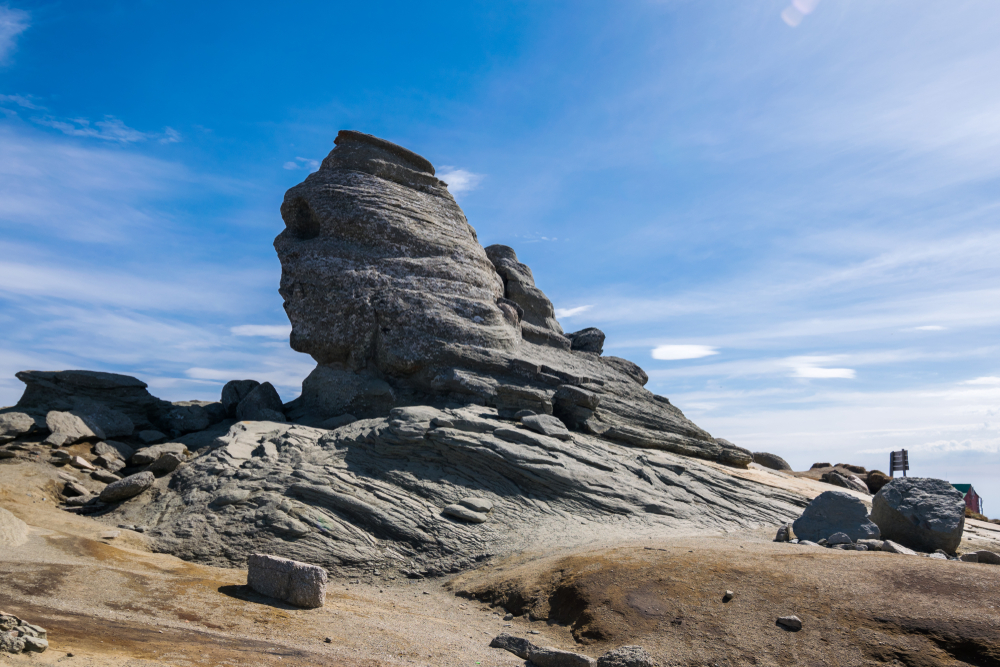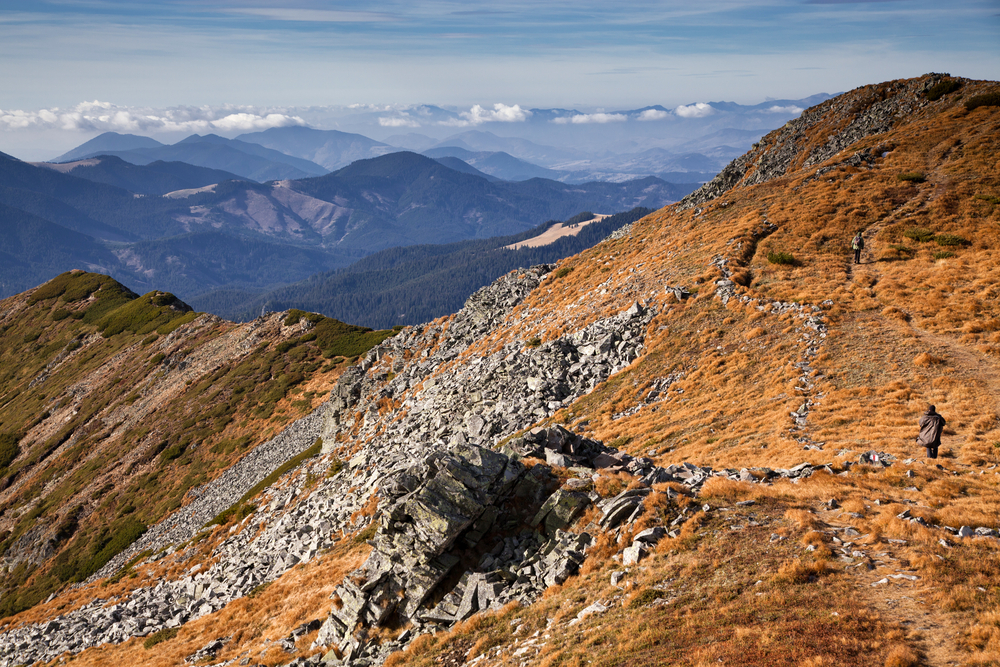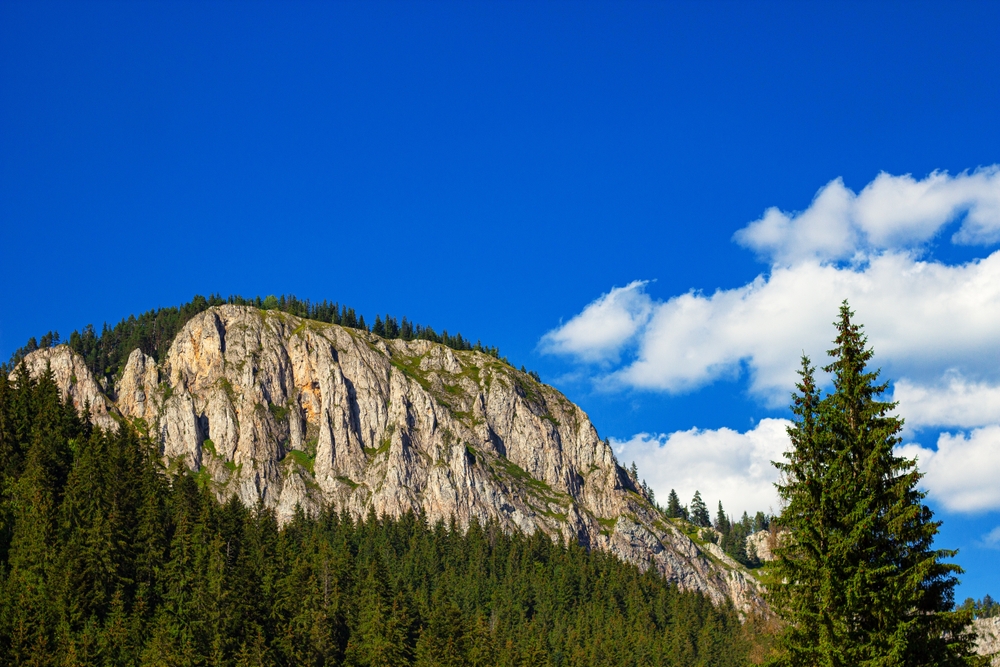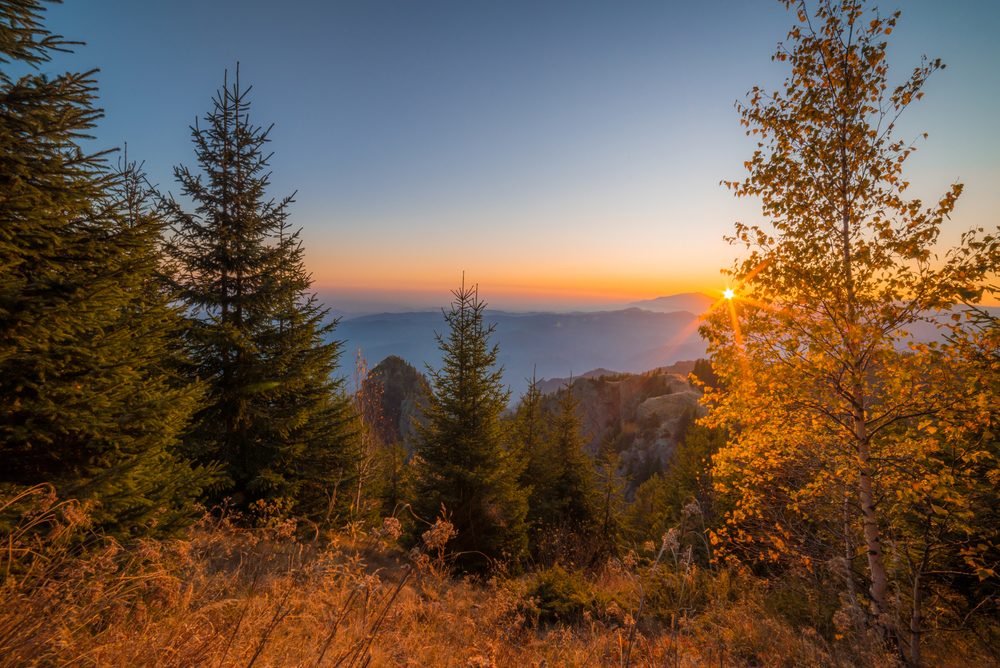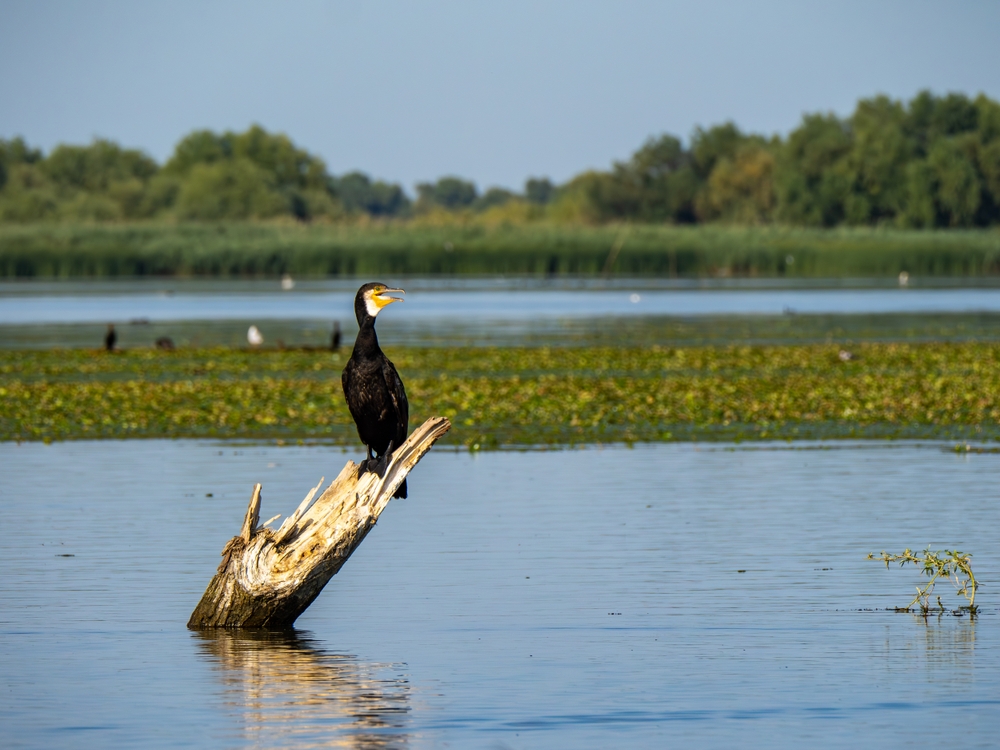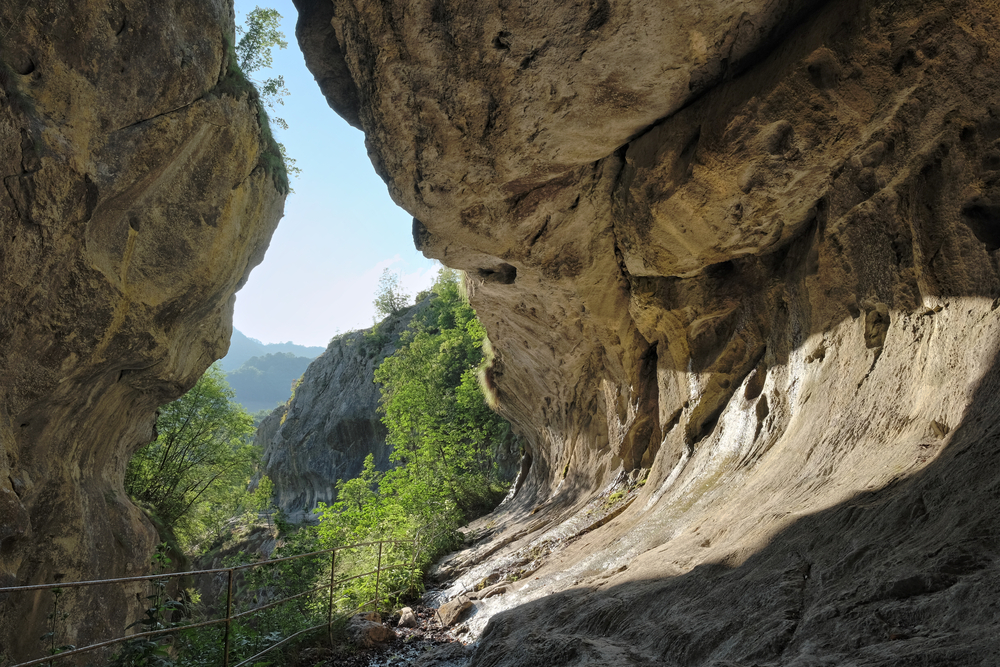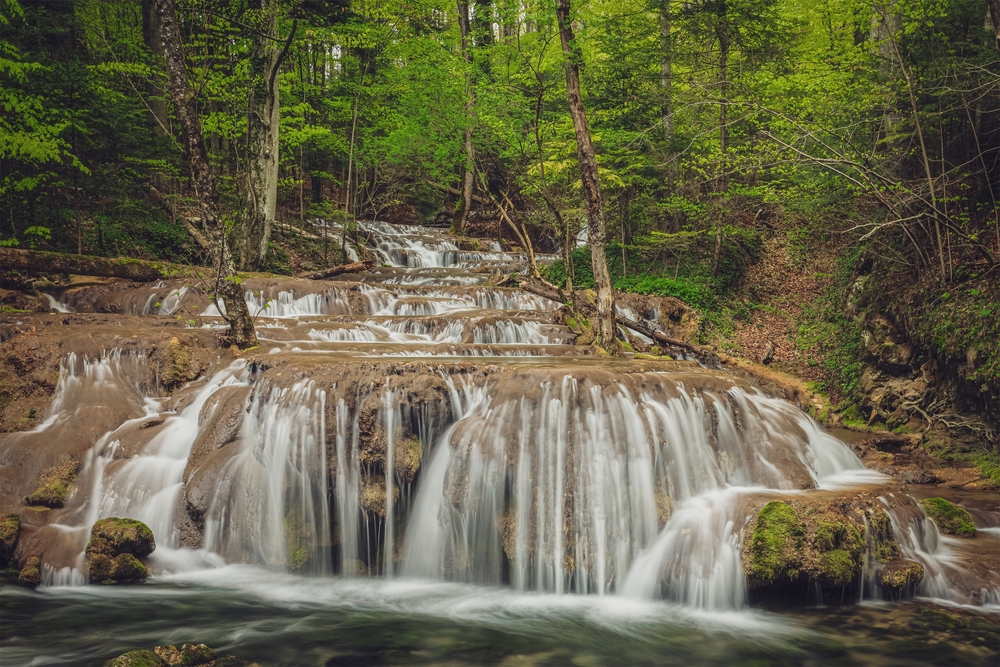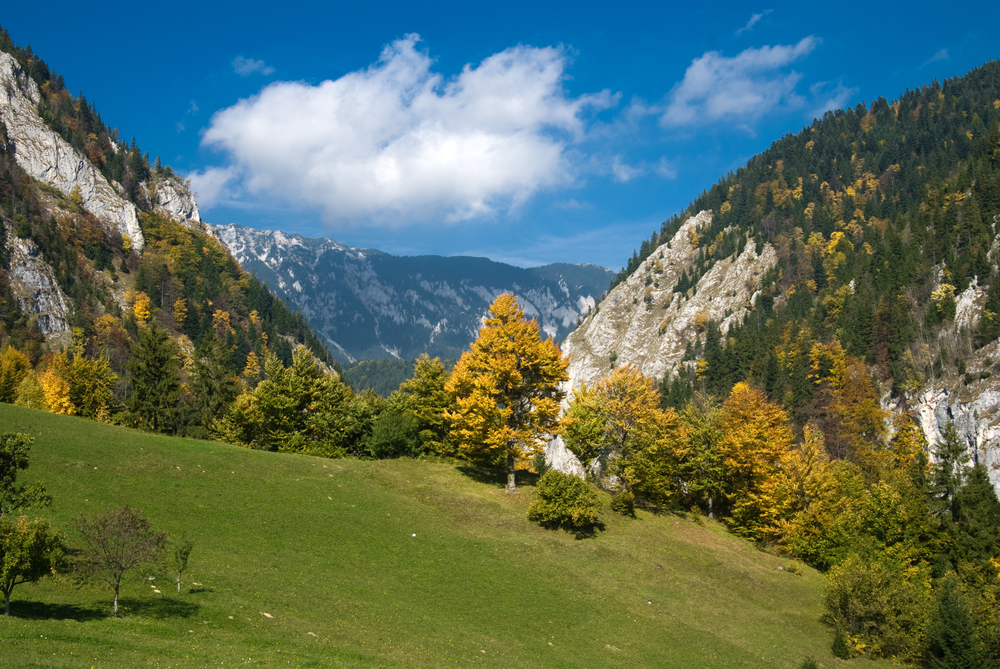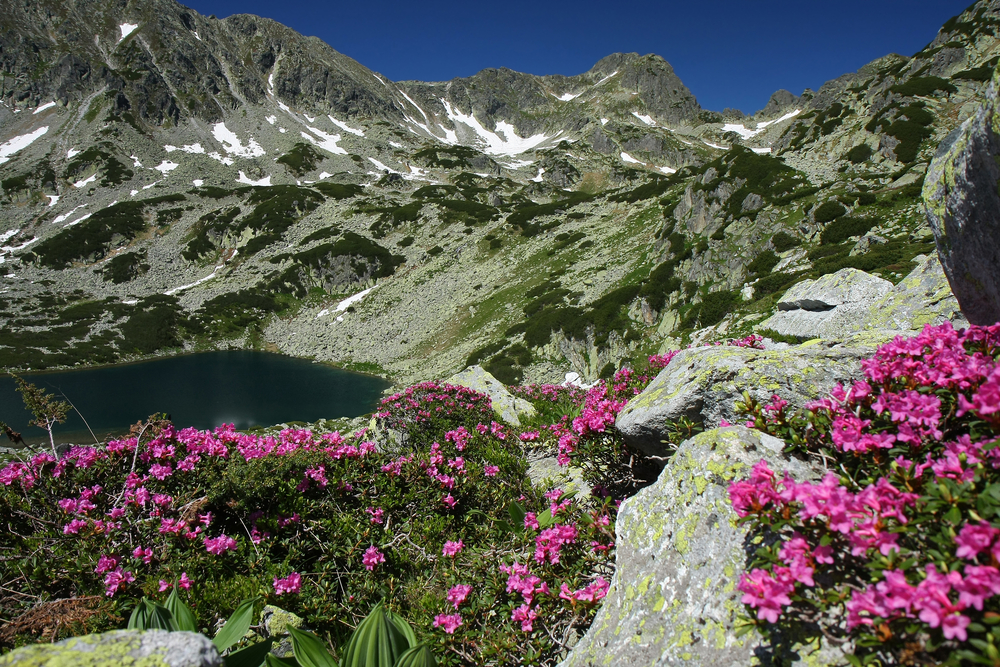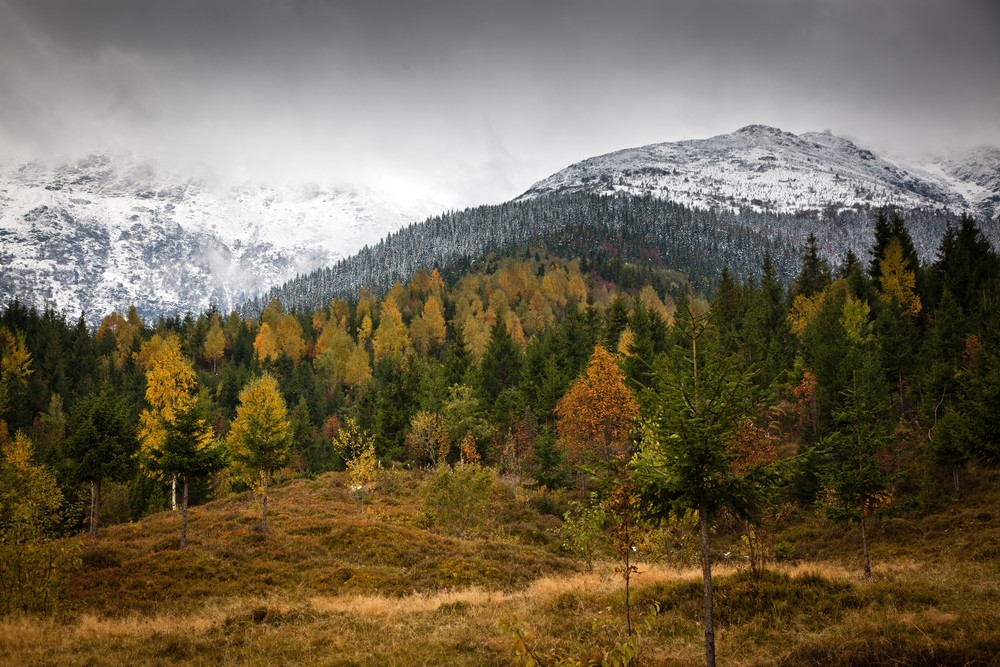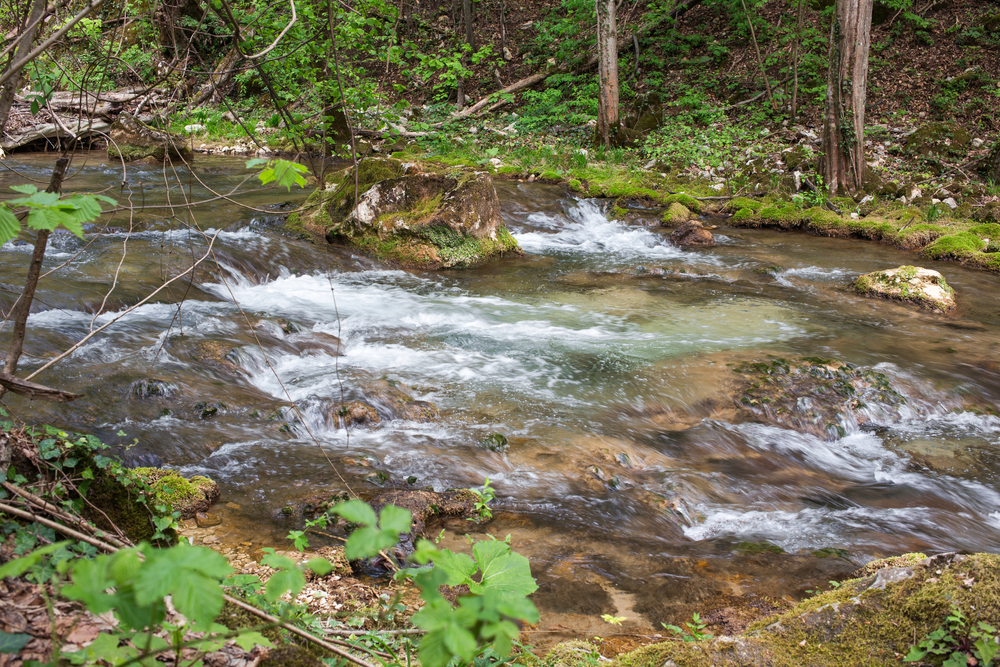Romania, a land of rich biodiversity and stunning landscapes, is home to 14 national parks, each showcasing the country’s natural beauty and ecological diversity. From the towering Carpathian Mountains to the vast Danube Delta, these parks protect unique ecosystems and serve as havens for a variety of flora and fauna. Romania’s national parks are vital for conservation, offering refuge to some of Europe’s rarest species, including the brown bear, Eurasian lynx, and European bison.
Among the most renowned is Retezat National Park, Romania’s first national park and a UNESCO Biosphere Reserve. Located in the Southern Carpathians, it is celebrated for its rugged peaks, glacial lakes, and pristine forests. The park is home to over 1,190 plant species, including many endemic and rare varieties. Popular among hikers and climbers, Retezat offers trails that lead to breathtaking vistas, including the iconic Bucura Lake, one of the largest glacial lakes in the country.
Another jewel is the Danube Delta National Park, a UNESCO World Heritage Site and one of Europe’s largest wetlands. This sprawling park is a paradise for birdwatchers, with over 300 species of birds, including pelicans, herons, and eagles. The delta’s intricate network of canals, reed beds, and floating islands creates a unique ecosystem that supports an abundance of fish and other wildlife. It is a crucial site for migratory birds and an essential hub for biodiversity conservation.
Piatra Craiului National Park is a favorite for adventurers seeking dramatic landscapes and challenging treks. Its limestone ridges, narrow gorges, and lush meadows are a haven for wildlife, including chamois and bears. The park’s unique karst formations and flower-filled meadows make it a must-visit for nature enthusiasts and geologists alike.
The majestic Rodna Mountains National Park features high peaks, alpine meadows, and glacial valleys. It is renowned for its rich biodiversity, including the elusive black grouse and endemic plant species. Visitors often explore its caves and waterfalls, adding to the park’s appeal as a destination for outdoor activities.
Romania faces challenges in balancing conservation with human activity, particularly logging, illegal poaching, and development pressures. However, efforts such as rewilding initiatives and the establishment of wildlife corridors are helping to mitigate these threats. The reintroduction of the European bison in parks like Vânători-Neamț is a notable conservation success, symbolizing the country’s commitment to protecting its natural heritage.
Romania’s national parks not only preserve breathtaking landscapes and biodiversity but also provide opportunities for education and sustainable tourism. They serve as vital sanctuaries where nature and culture coexist, offering visitors unforgettable experiences.










































































